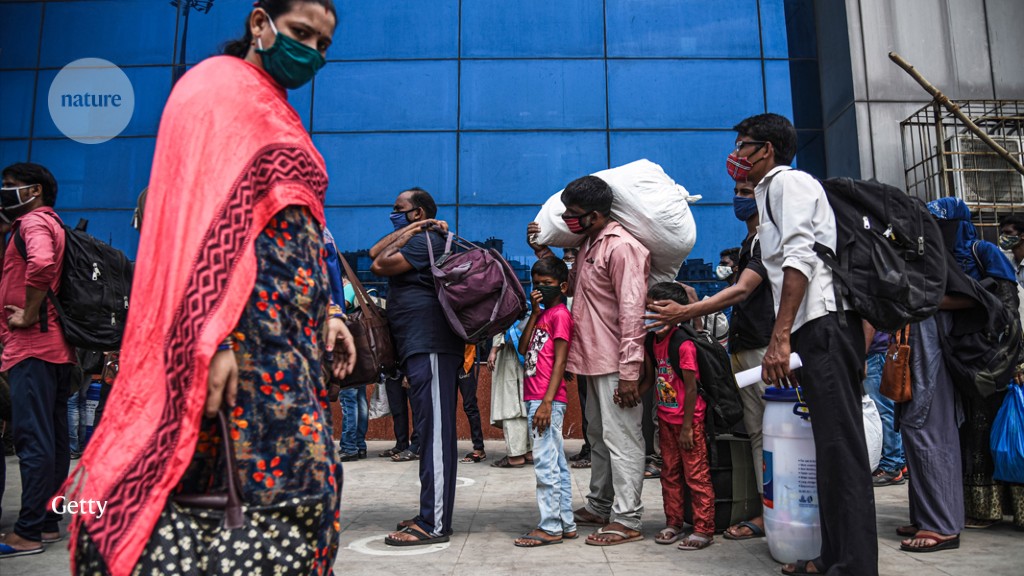COVID-19 case numbers started to drop in India last September, after a high of around 100,000 daily infections. But they began to rise again in March and the current peak is more than double the previous one. ...
One explanation might be that the first wave primarily hit the urban poor. Antibody studies may not have been representative of the entire population and potentially overestimated exposure in other groups, he says.
The antibody data did not reflect the uneven spread of the virus, agrees Gagandeep Kang, a virologist at the Christian Medical College in Vellore, India. “The virus may be getting into populations that were previously able to protect themselves,” she says. That could include wealthier urban communities, in which people isolated during the first wave but had started mingling by the second. ...




Recent Comments